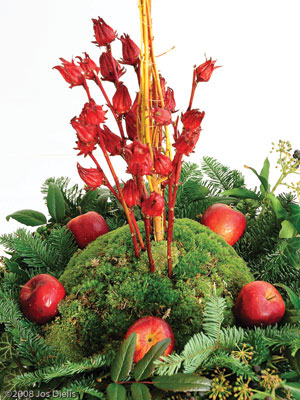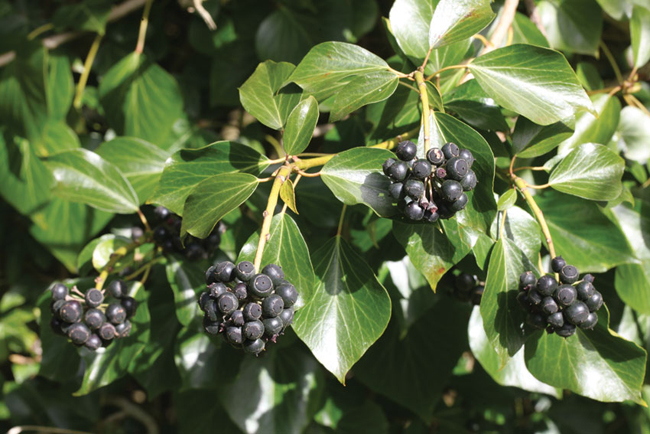Deck the Halls
…festive season to be recognised. Outlawed in 1659, it was 22 years before this oppressive law was repealed and it wasn’t until 1836 before the first state to do so, Alabama, made Christmas a legal holiday.
 Going green
Going green
Throughout history winter greenery and the traditions that go hand-in-hand with it have flourished. Plants that hold their leaves throughout the winter or sport berries during the bleakest of months were seen as almost magical and held in revere as a life symbol. Eager to bring some of the magic home, green branches were brought inside at the solstice to encourage the return of vegetation and the warmth of the sun. Unsurprisingly this always did the trick!
Initially the Church was hostile towards these superstitions but over time greenery made its way into church buildings, with the peak of flamboyance in church decoration occurring in the early 19th century. Holly was perhaps the first plant to gain acceptance by the Church. Representing the Christ-thorn, it was considered a holy plant. People believed the thorns protected against evil and to carry this good fortune over, holly was often left up right through the year. With its sharp spikes, holly has always been seen as a masculine plant while ivy, its traditional, gently weaving counterpart is female.
Ivy, like holly, was believed to hold evil-repelling properties, coming into its own as a red card for any witches that happened to be in the neighbourhood. It was for this reason that cottage dwellers would allow it to grow over their houses. Many years later the Victorians would use both the holly and ivy to lavishly adorn their parlours, threading ivy leaves together and spelling out messages on linen using holly.
















